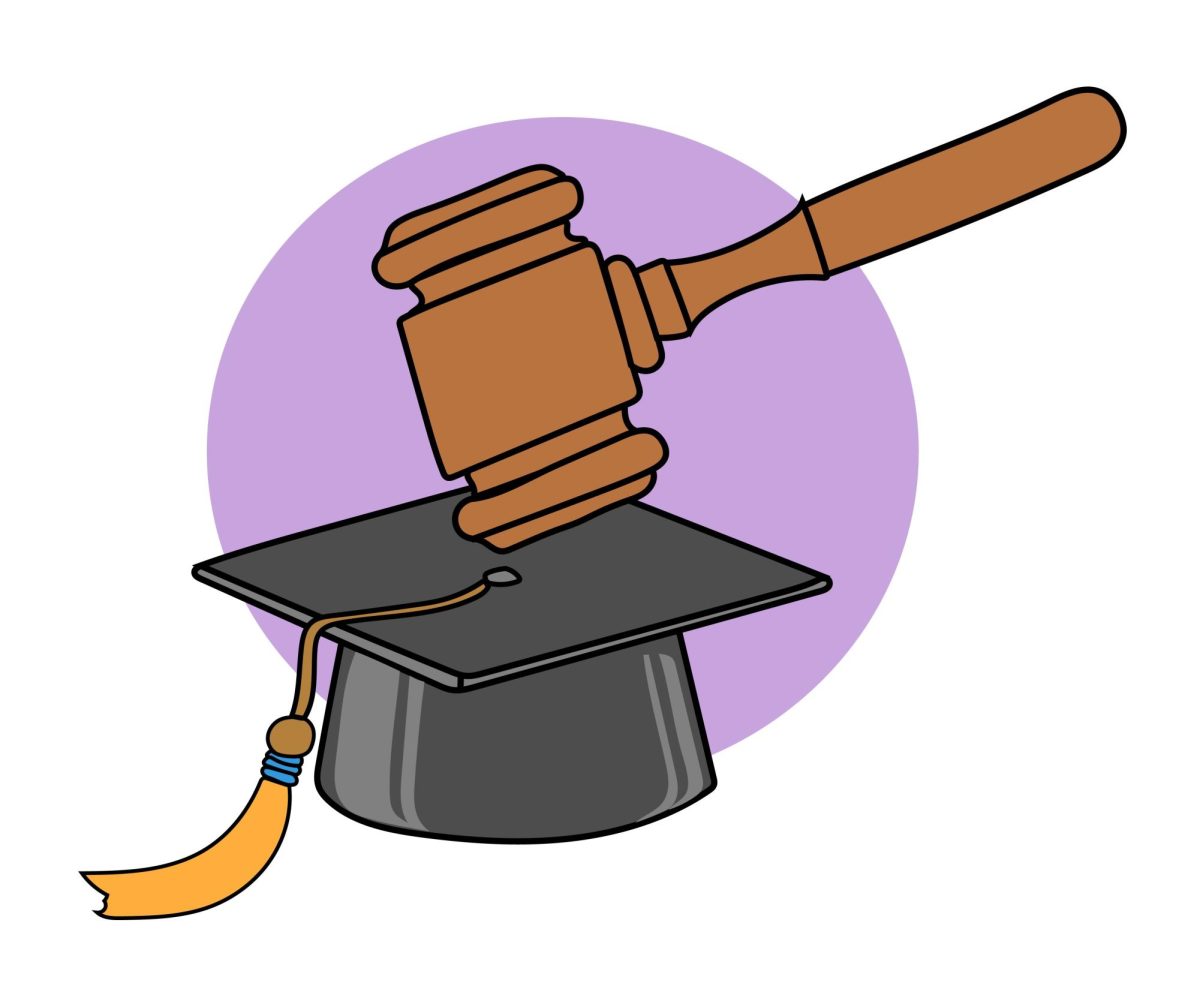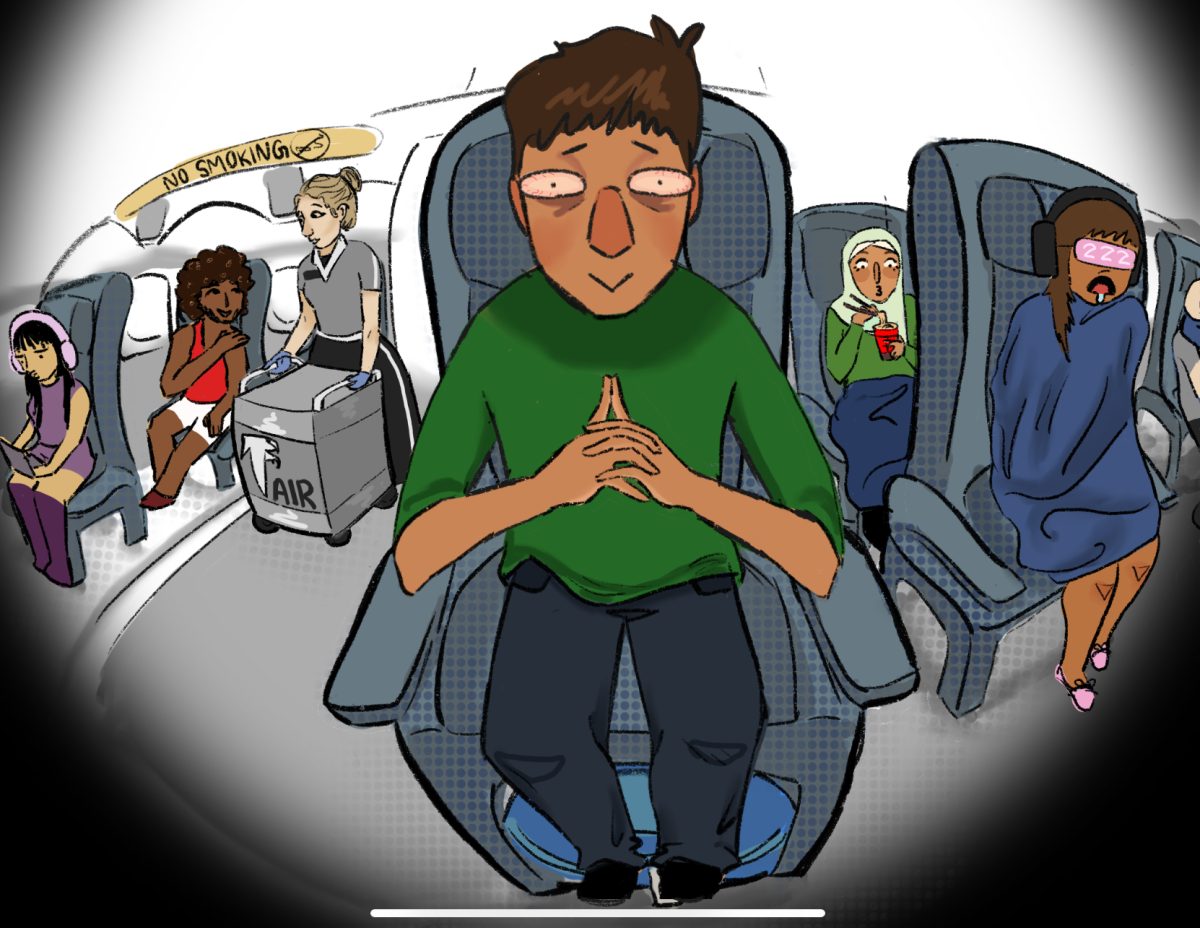On June 29th, in a landmark ruling, the Supreme Court brought an end to race-based affirmative action programs at the University of North Carolina (UNC) and Harvard University. This decision marked a significant victory for conservative activists who argued that the college admissions process should be “colorblind.” In a 6-3 vote in the UNC case and a 6-2 vote in the Harvard case (with Justice Ketanji Brown Jackson recused), the court declared both programs in violation of the Equal Protection Clause of the Constitution, deeming them unlawful. Prominent conservatives celebrated the decision, with former President Donald Trump characterizing it as “a great day for America.” Conversely, liberals decried the ruling, emphasizing the importance of affirmative action as a tool for addressing historical racial discrimination. President Joe Biden expressed his deep disappointment with the decision and pledged to provide guidance on how colleges can continue to promote diversity within the bounds of the ruling. The recent overturning of affirmative action policies has sparked a nationwide debate and raised critical questions about the future of diversity in higher education. Let’s delve into the immediate and potential consequences of this decision, examining the experiences of institutions like the University of California, Los Angeles (UCLA), and consider the broader implications for the United States.
In California, 1996, a referendum titled ‘Proposition 209’ passed through the Californian electorate, outlawing the use of race-based admissions in the UC system. The immediate impact of Proposition 209 on campuses like UCLA was stark. The population of Black and Latino students dropped by 50% on some campuses. It took over a decade to recover Latino student numbers and nearly two decades to reach pre-Proposition 209 levels for African-American students. A similar bill in Michigan, Proposal 2, also caused the decline in numbers of Black and Latino students at the University of Michigan. These cases demonstrate the immediate and profound effects such policies can have on campus diversity.
In the wake of affirmative action bans, institutions had to find alternative methods to achieve diversity. These efforts involved a holistic approach to admissions, considering factors beyond grades and test scores. For example, the top 9% of high school graduates in California were guaranteed a spot in the University of California system. Additionally, the elimination of standardized test scores, consideration of family income, and parental education levels served as proxies for addressing disparities. While these race-neutral alternatives were implemented, they were not nearly as effective in achieving diversity as direct consideration of race.
The debate over affirmative action hinges on the role of diversity in higher education. Some argue that academic merit should be the sole criterion for admission. However, proponents contend that diversity is vital for creating inclusive and enriched learning environments. A diverse student body exposes individuals to a broader range of perspectives and backgrounds and fosters a better understanding of the world. It also prepares graduates to engage effectively in a multiracial and multiethnic democracy and contribute meaningfully to their communities. In the end, the affirmative action debate is not just about admissions criteria, it’s about the kind of society we aspire to be and the type of education we want to offer. Embracing diversity in higher education not only benefits individual students but also strengthens our collective ability to navigate an increasingly interconnected and diverse world.
This article also appears in our September 2023 print edition.









